Once he was just a junior high kid who drew a Mega Man robot, but now he’s one of the most beloved comic artists in the world.
Mega Man
Come on guys, it’s not like they’re going to make Mega Man a hoarse chubby baby with a speaking disorder…twice.
Time to look back at the fine history of Mega Man… except the Captain N stuff. Let’s all agree to forget about that.
Intricate process creates characters that look as cool now as they did in the 8-bit and 16-bit eras.
YouTuber Aura Puffs assigned themselves a seemingly impossible task: using only one SNES controller simultaneously play through Megaman X and Megaman X2. The limitations also include no save states, pausing one game while playing another, or anything else that would take most of the challenge out of the process.
While some video game characters have settled into more or less permanent relationships with their publishers, like Nintendo’s Mario or Bandai Namco’s Kazuya and Heihachi Mishima, not every digital hero gets to enjoy a never-ending string of sequel appearances. For example, it’s been five years since the release of Mega Man 10, which so far serves as the final installment in the action platforming series.
But the Blue Bomber’s memory lives on in the hearts and minds of the many fans he acquired during his salad days following his 1987 debut. So even if publisher Capcom has kicked Mega Man to the curb, you can still show your love for the character with these retro-cool Mega Man kicks.
Back in the 1980s and ‘90s, it wasn’t unusual for Japanese video games to be released internationally with box art different from that which was used at home. Many overseas publishers worried that the original versions were too cutesy, concluding that the covers needed an extra dose of testosterone in order to appeal to machismo-seeking non-Japanese gamers.
The logic itself is sort of shaky, but what made things worse was how most of the new box art bore little resemblance to the in-game designs, plus rarely looked appealing even when judged solely on its own non-existent merits. While much of this lazily produced art has been fittingly forgotten, there are some things you just can’t unsee. Like discovering a dead pigeon inside your bag of fast food takeout, the North American cover of the very first Mega Man has been burned into the memories of older gamers, and the pudgy sci-fi hero has now made the jump into three-dimensional space with his own figure.
Take a quick look at the character-packed image above. That’s a whole lot of faces, right? And in the 20 years since Sony’s first video games console was released, they’ve all appeared on some PlayStation platform or other. Even if you’re more of an Xbox kid or a PC gamer, you have to admit that’s an impressive lineup, and for older PlayStation fans especially it’s bound conjure up a lot of happy gaming memories.
But in creating this image in honour of 20 years of PlayStation, it would seem that someone over at Sony Europe struggled to source one or two character images that really fit in with their vision. You’d think that being on the inside, an artist working for Sony would have access to a whole host of officially licensed images, but it looks like they decided to turn to the internet for help, using an image of Mega Man as he appears only in Nintendo’s latest edition of Super Smash Bros, and even borrowing a piece of fan art created by a Japanese Pixiv user, who later spotted their work on Sony’s official site. Awkward.
Anyone who regularly reads my ramblings here on RocketNews24 will know that I’m steadily building up a sizeable list of geeky trinkets I intend to pester my loved ones for this Christmas. From chocolate video game controllers to bars of soap shaped like Game Boy cartridges, very few of my Christmas wish-list items would look out of place on a child’s letter to Santa.
But when the trinkets are as awesome as this replica, LED-laden Mega Man helmet, I really couldn’t give a Jimmy Riddle what anyone else thinks: they belong on the list.
Sometimes, everyday tasks can seem like a bigger challenge than a stage in a retro video game. As the day draws on, you get more and more tired, losing the ability and will to go on. Wouldn’t itbe nice to have some sort of item that could instantly refuel all of the energy that you’ve lost throughout the day? Well, fear not, because CAPCOM has decided to bring the E Tank, one of Megaman‘s most useful and iconic items straight from the year 20XX to the current day in the form of a sports and energy drink.
Despite the reluctance of video game publisher Capcom to green-light any new titles, there’s a lot to love about the Mega Man franchise, including creative boss battles, catchy music, and tough but fair challenges. The defining characteristic of the series, though, is the ability to acquire the weapons of your fallen foes, upgrading your starting buster gun so that it fires flames, saw blades, or that weird circle of leaves from Mega Man 2.
Mega Man only has a limited number of shots with each weapon, though. Thankfully, he can restock his health and weapon energy by picking up containers called E Tanks during each level. Still, there never seem to be enough E Tanks about when you really need them, so if you’re a trigger happy Mega Man fan, you might want to keep one lying around your living room in the form of this cool E-Tank cushion.
“Eat solar bullets, evil robots!”
You’re never too old for awesome toys, and the folks over at ThinkGeek are working on your next nerdy purchase as we speak: a perfect replica of platform shooter hero Mega Man’s arm cannon. Guaranteed to make you feel temporarily invincible, frighten your cat and annoy your partner!
If you like old-school video games and loving fiddling around with bits of Lego, then this is something that you absolutely need to see.
These scenes from Super Mario Bros 3, The Legend of Zelda, Metroid and even action platformer Mega Man are all made out of Lego, placed carefully, brick by brick, onto a backboard to create startlingly accurate 8-bit graphic art. Needless to say we’re sold already, and haven’t even asked their maker how much he wants for them yet.
Despite working for video game publisher Capcom for over 20 years, Keiji Inafune didn’t really achieve international name-recognition until the tumultuous tail end of his time with the company. Even if they didn’t know his name, though, gamers everywhere were familiar with his work, as Inafune was involved with some of Capcom’s biggest hits, including Mega Man, Resident Evil, Onimusha, Street Fighter, and Dead Rising.
Inafune got his start as a character designer before moving up to a position as a producer. Now, he’s set to add one more title to his resume: college professor.
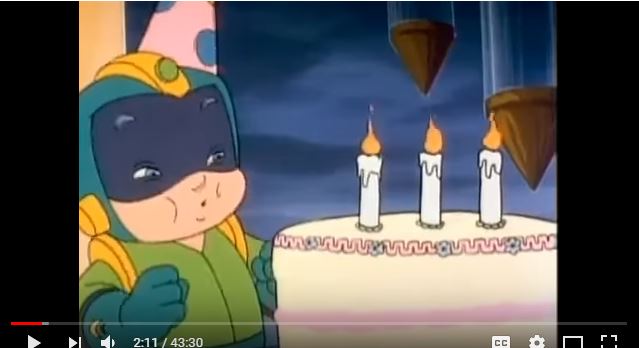
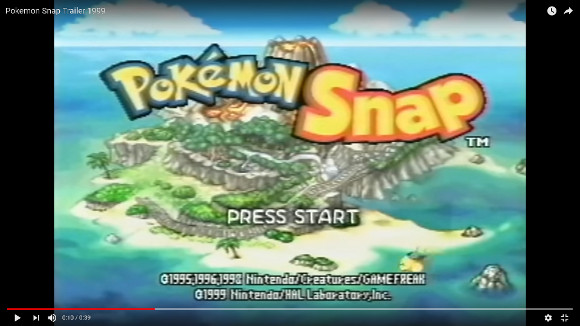
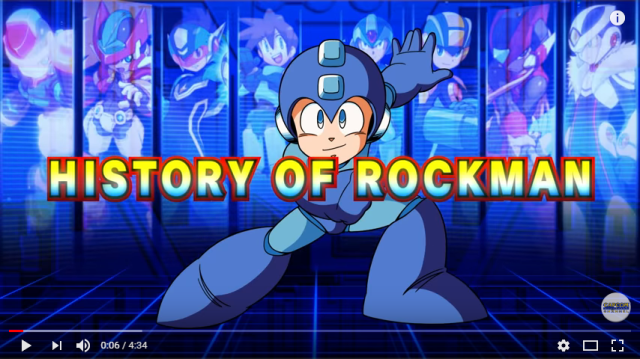
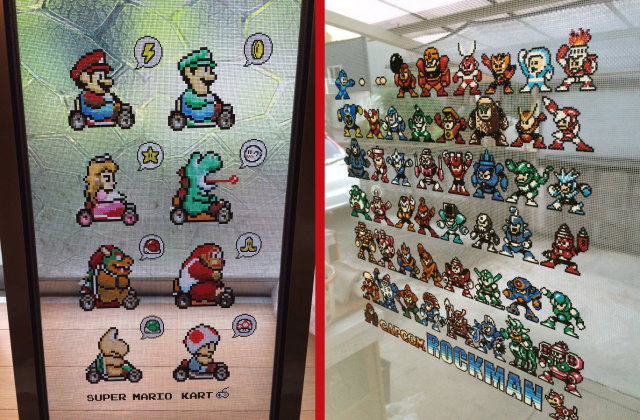
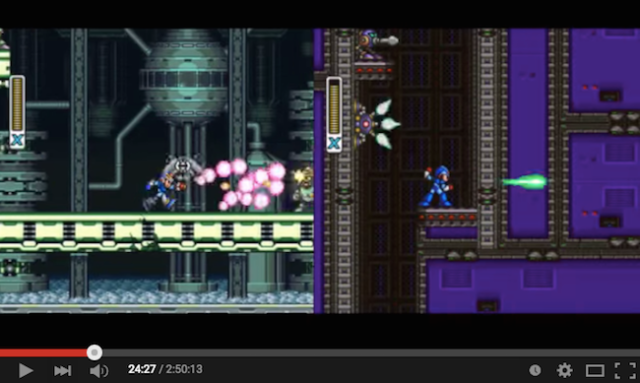
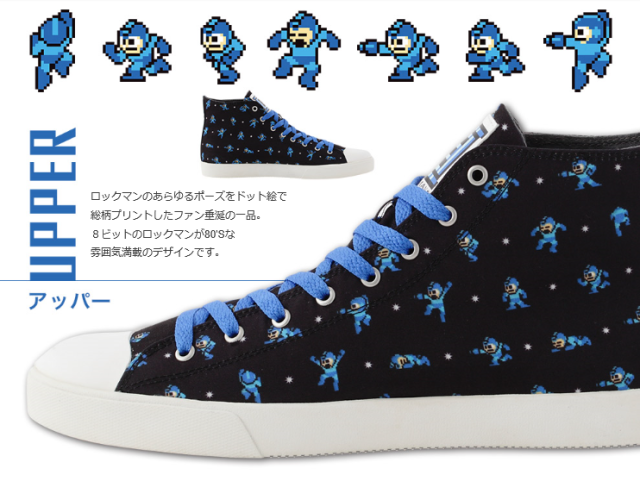
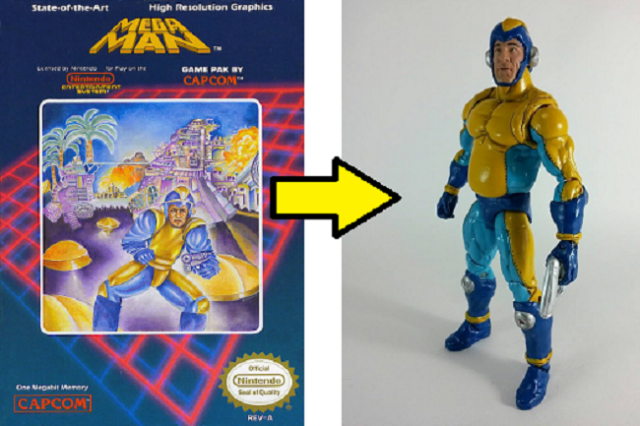
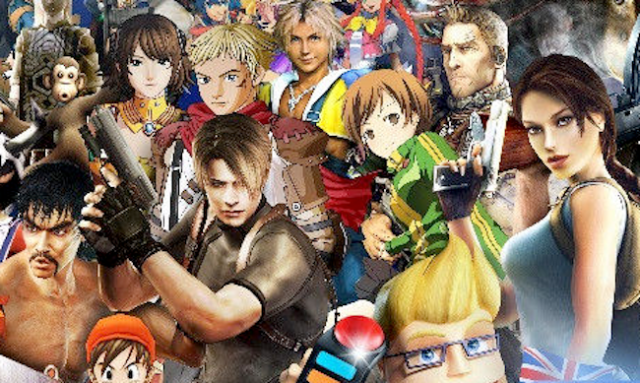
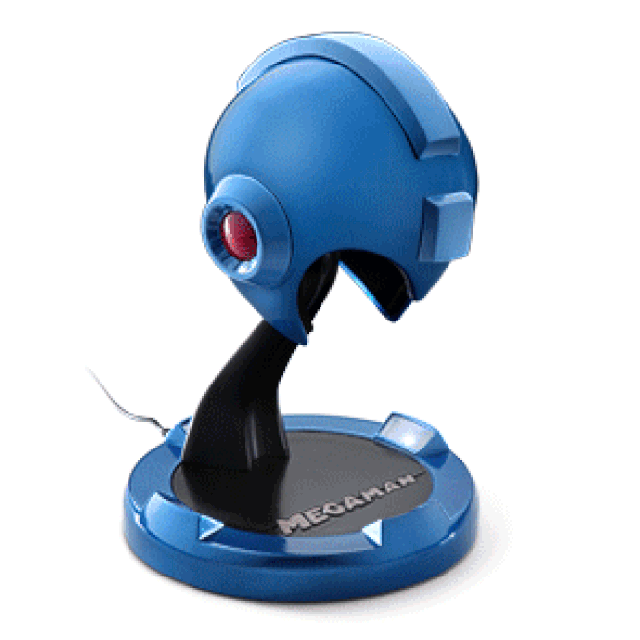
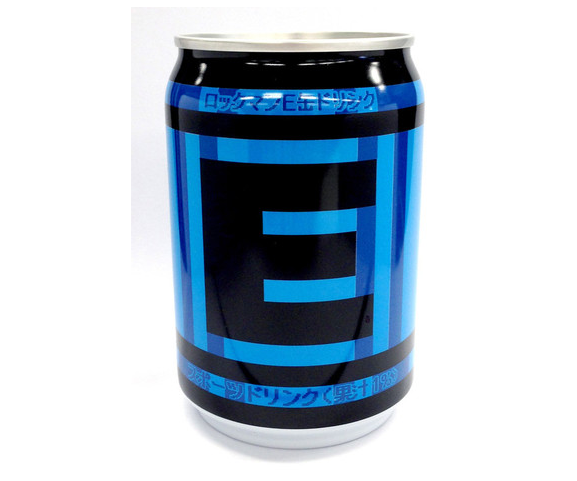
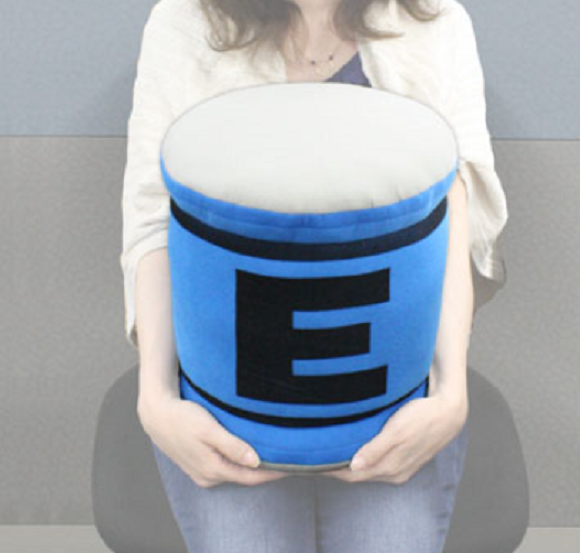
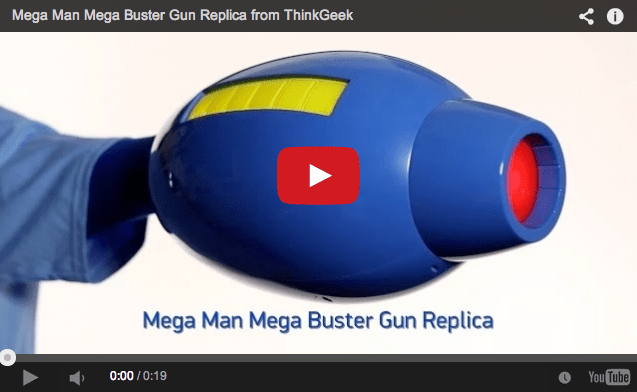
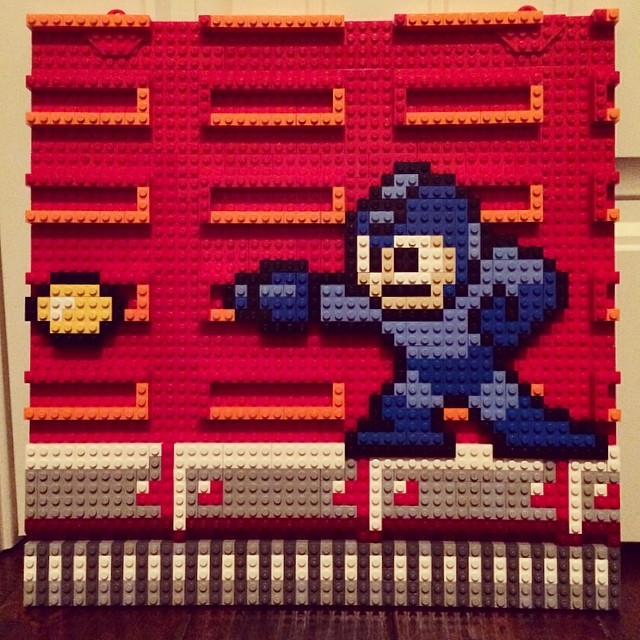
 Japan’s otoshidama tradition of giving kids money at New Year’s gets a social welfare upgrade
Japan’s otoshidama tradition of giving kids money at New Year’s gets a social welfare upgrade Japan may add Japanese language proficiency, lifestyle classes to permanent foreign resident requirements
Japan may add Japanese language proficiency, lifestyle classes to permanent foreign resident requirements Full-color anime art wall appears in Tokyo station as Jujutsu Kaisen returns to Shibuya【Photos】
Full-color anime art wall appears in Tokyo station as Jujutsu Kaisen returns to Shibuya【Photos】 Lacquerware supplier to emperor of Japan and Pokémon team up for new tableware
Lacquerware supplier to emperor of Japan and Pokémon team up for new tableware Is it rude to sing along at concerts in Japan? We ask a pro musician for his take
Is it rude to sing along at concerts in Japan? We ask a pro musician for his take Dragon Quest Burgers and Slime drinks are coming to McDonald’s Japan【Video】
Dragon Quest Burgers and Slime drinks are coming to McDonald’s Japan【Video】 Giant new nine-floor arcade opens in Tokyo, wants to welcome new and old games fans alike
Giant new nine-floor arcade opens in Tokyo, wants to welcome new and old games fans alike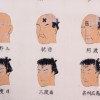 Criminals of Japan’s Edo Period Were Often Punished by Getting Face Tattoos
Criminals of Japan’s Edo Period Were Often Punished by Getting Face Tattoos Final Fantasy XIV’s Ul’dah city-state recreated in real world in massive diorama【Video】
Final Fantasy XIV’s Ul’dah city-state recreated in real world in massive diorama【Video】 Ghibli Park announces new ticket system, adds flexibility and low-priced options
Ghibli Park announces new ticket system, adds flexibility and low-priced options 7-Eleven Japan starts new temporary luggage storage service in over 300 branches
7-Eleven Japan starts new temporary luggage storage service in over 300 branches Disillusionment at Tsukiji’s tourist-target prices led us to a great ramen restaurant in Tokyo
Disillusionment at Tsukiji’s tourist-target prices led us to a great ramen restaurant in Tokyo Starbucks Japan releases new zodiac chilled cup drink for 2026
Starbucks Japan releases new zodiac chilled cup drink for 2026 Starbucks teams up with 166-year-old Kyoto doll maker for Year of the Horse decorations【Photos】
Starbucks teams up with 166-year-old Kyoto doll maker for Year of the Horse decorations【Photos】 Starbucks on a Shinkansen bullet train platform: 6 tips for using the automated store in Japan
Starbucks on a Shinkansen bullet train platform: 6 tips for using the automated store in Japan Is this the most relaxing Starbucks in Japan?
Is this the most relaxing Starbucks in Japan? Large amount of supposed human organs left in Osaka marketplace
Large amount of supposed human organs left in Osaka marketplace Tokyo’s Tsukiji sushi neighborhood asks tour groups to stay away for the rest of the month
Tokyo’s Tsukiji sushi neighborhood asks tour groups to stay away for the rest of the month Japan’s human washing machines will go on sale to general public, demos to be held in Tokyo
Japan’s human washing machines will go on sale to general public, demos to be held in Tokyo Japanese train company is letting fans buy its actual ticket gates for their homes
Japanese train company is letting fans buy its actual ticket gates for their homes Tokyo considering law requiring more trash cans following litter increase in heavily touristed area
Tokyo considering law requiring more trash cans following litter increase in heavily touristed area Nintendo’s Kirby now delivering orders at Kura Sushi restaurants, but not in Japan
Nintendo’s Kirby now delivering orders at Kura Sushi restaurants, but not in Japan Tokyo event lets you travel back in time, for free, to celebrate 100 years since Showa era start
Tokyo event lets you travel back in time, for free, to celebrate 100 years since Showa era start Sanrio theme park in Japan announces plans to expand into a Sanrio resort
Sanrio theme park in Japan announces plans to expand into a Sanrio resort Survey asks foreign tourists what bothered them in Japan, more than half gave same answer
Survey asks foreign tourists what bothered them in Japan, more than half gave same answer Japan’s deadliest food claims more victims, but why do people keep eating it for New Year’s?
Japan’s deadliest food claims more victims, but why do people keep eating it for New Year’s? We deeply regret going into this tunnel on our walk in the mountains of Japan
We deeply regret going into this tunnel on our walk in the mountains of Japan Studio Ghibli releases Kodama forest spirits from Princess Mononoke to light up your home
Studio Ghibli releases Kodama forest spirits from Princess Mononoke to light up your home Major Japanese hotel chain says reservations via overseas booking sites may not be valid
Major Japanese hotel chain says reservations via overseas booking sites may not be valid Put sesame oil in your coffee? Japanese maker says it’s the best way to start your day【Taste test】
Put sesame oil in your coffee? Japanese maker says it’s the best way to start your day【Taste test】 The top 10 annoying foreign tourist behaviors on trains, as chosen by Japanese people【Survey】
The top 10 annoying foreign tourist behaviors on trains, as chosen by Japanese people【Survey】 No more using real katana for tourism activities, Japan’s National Police Agency says
No more using real katana for tourism activities, Japan’s National Police Agency says Starbucks Japan reveals new sakura drinkware collection, inspired by evening cherry blossoms
Starbucks Japan reveals new sakura drinkware collection, inspired by evening cherry blossoms Dragon Quest Burgers and Slime drinks are coming to McDonald’s Japan【Video】
Dragon Quest Burgers and Slime drinks are coming to McDonald’s Japan【Video】 Giant new nine-floor arcade opens in Tokyo, wants to welcome new and old games fans alike
Giant new nine-floor arcade opens in Tokyo, wants to welcome new and old games fans alike Criminals of Japan’s Edo Period Were Often Punished by Getting Face Tattoos
Criminals of Japan’s Edo Period Were Often Punished by Getting Face Tattoos Final Fantasy XIV’s Ul’dah city-state recreated in real world in massive diorama【Video】
Final Fantasy XIV’s Ul’dah city-state recreated in real world in massive diorama【Video】 Ghibli Park announces new ticket system, adds flexibility and low-priced options
Ghibli Park announces new ticket system, adds flexibility and low-priced options Shikadamari: The Nara deer summer gathering phenomenon that baffles visitors every year
Shikadamari: The Nara deer summer gathering phenomenon that baffles visitors every year Revolving sushi chain Choshimaru’s sushi will no longer revolve in response to “sushi terrorism”
Revolving sushi chain Choshimaru’s sushi will no longer revolve in response to “sushi terrorism” Massive manga mural takes over Tokyo station to celebrate Jujutsu Kaisen【Photos】
Massive manga mural takes over Tokyo station to celebrate Jujutsu Kaisen【Photos】 The crazy ordeal of putting together Japan’s 366-piece sushi plastic model kit【Photos】
The crazy ordeal of putting together Japan’s 366-piece sushi plastic model kit【Photos】 Naruto ninja village theme park area, Kyubi coaster being added to Parc Spirou Provence【Pics】
Naruto ninja village theme park area, Kyubi coaster being added to Parc Spirou Provence【Pics】